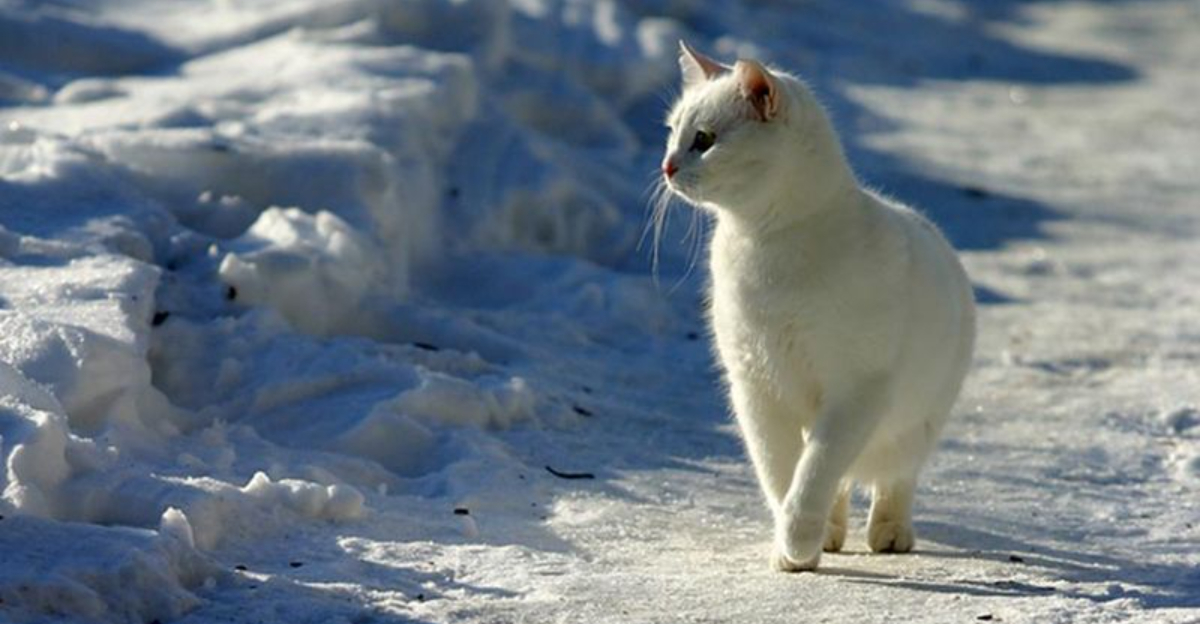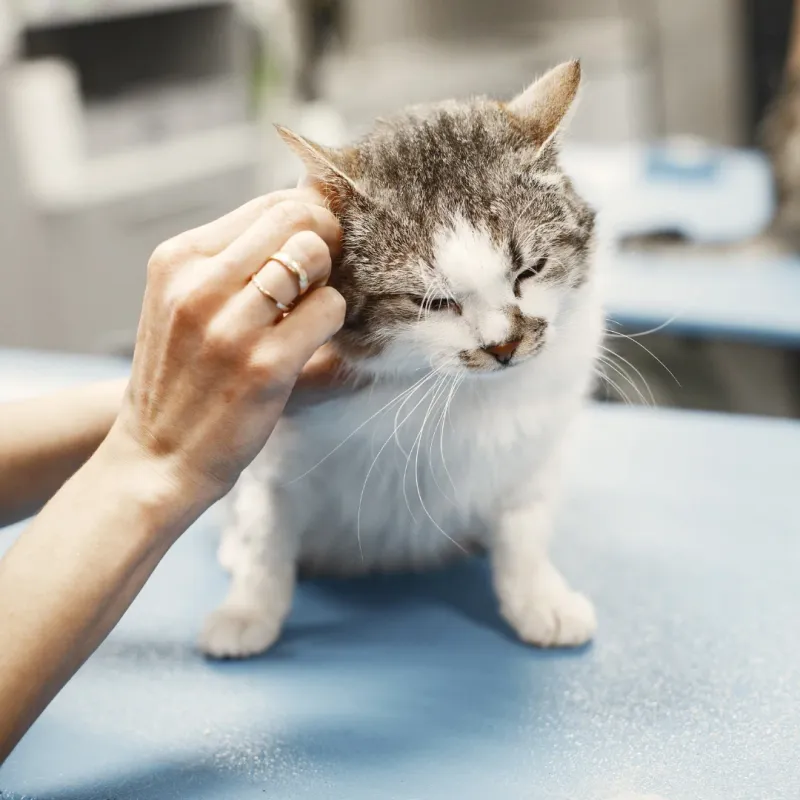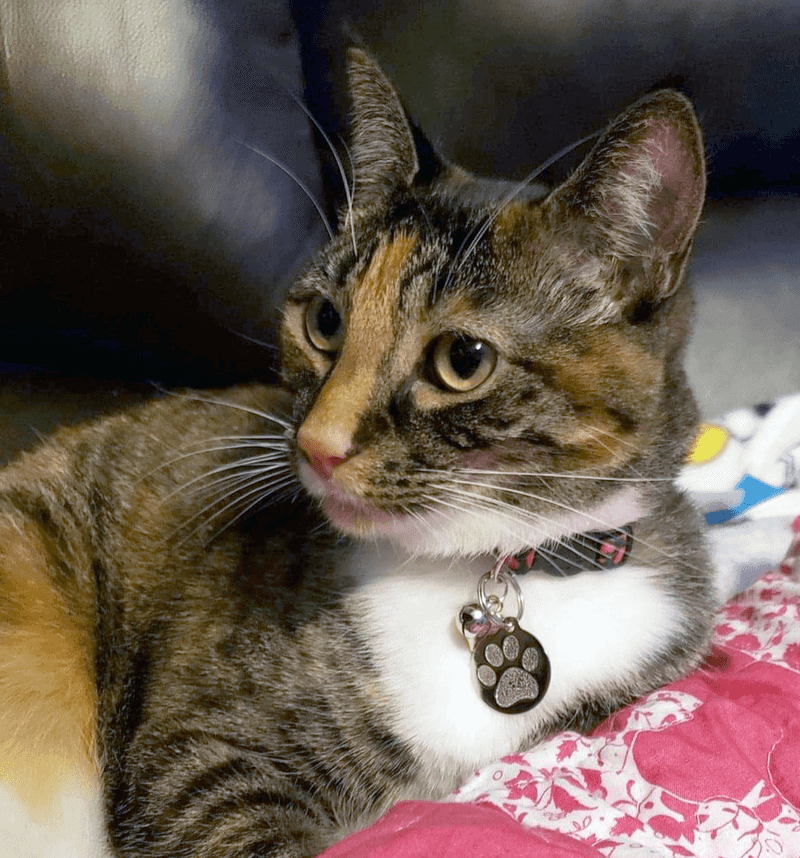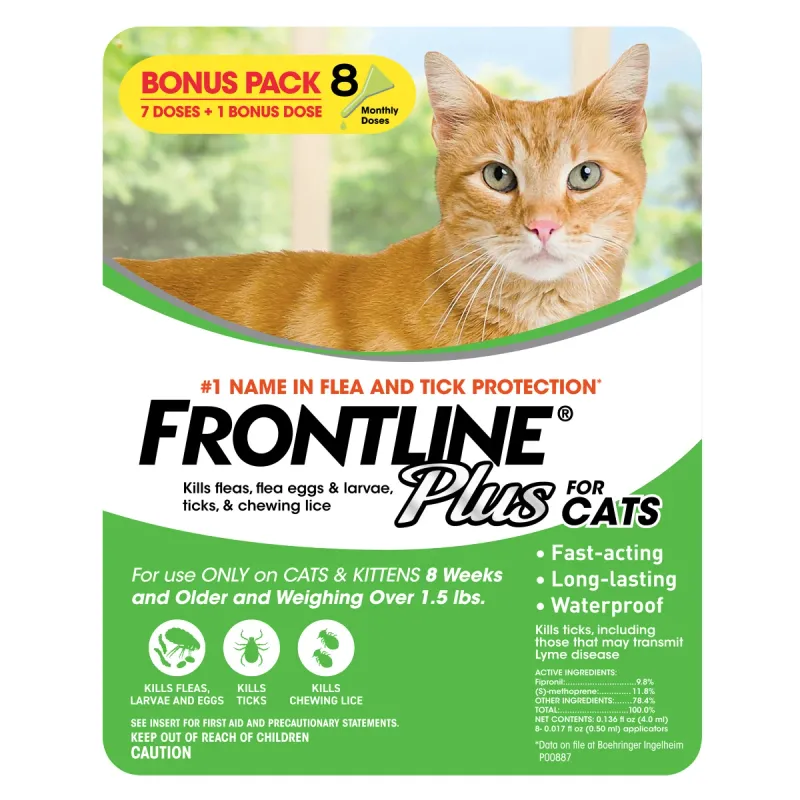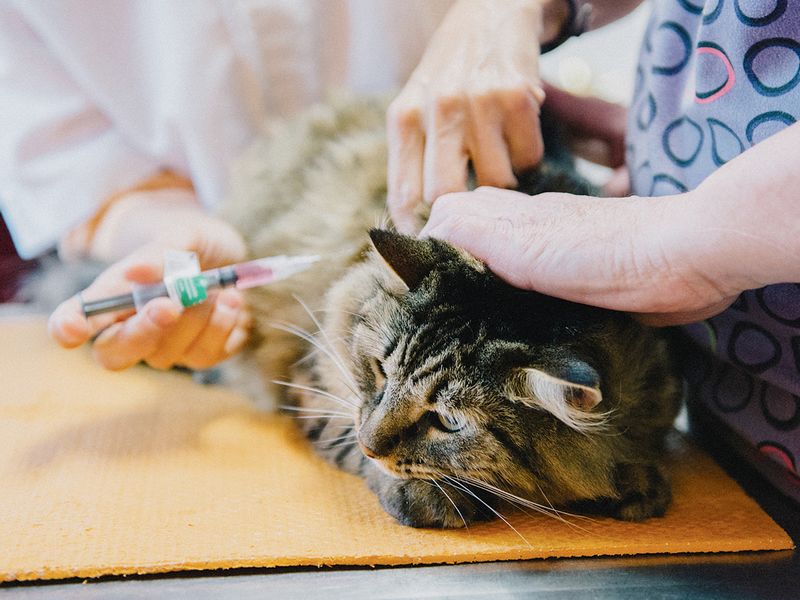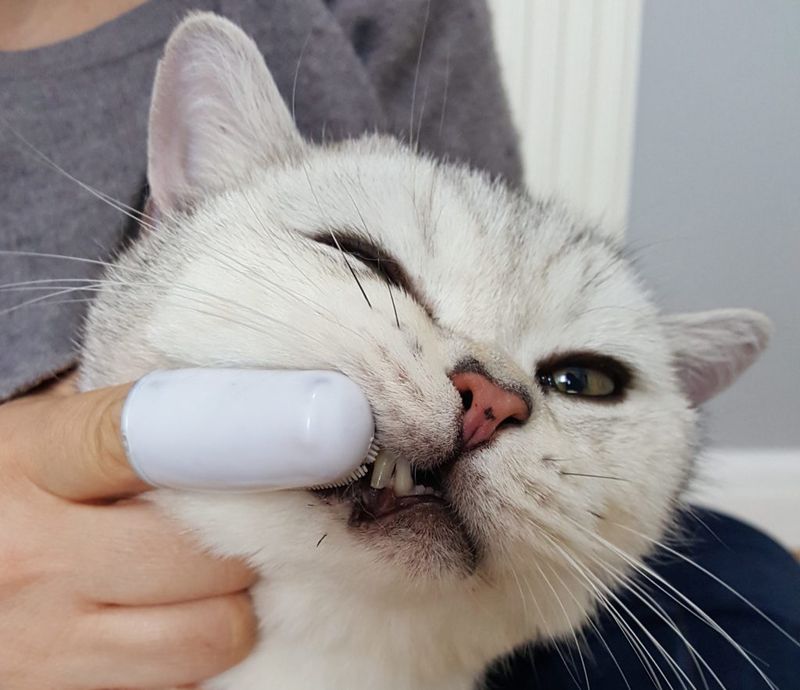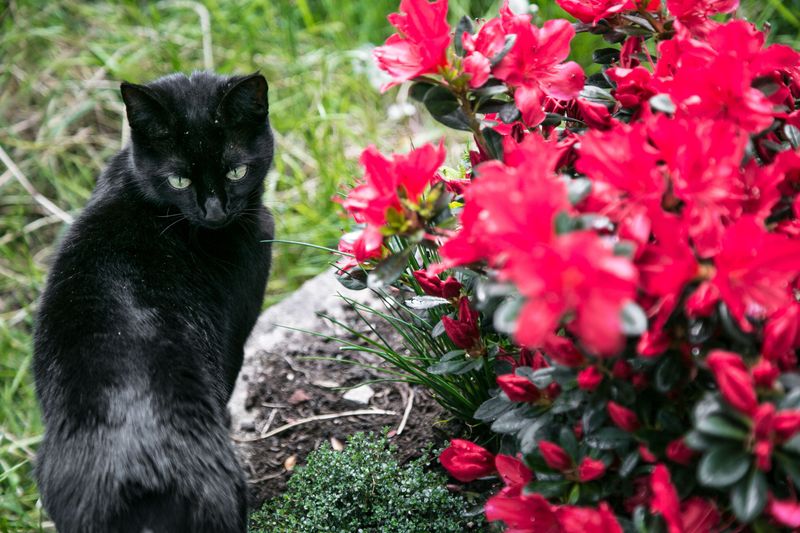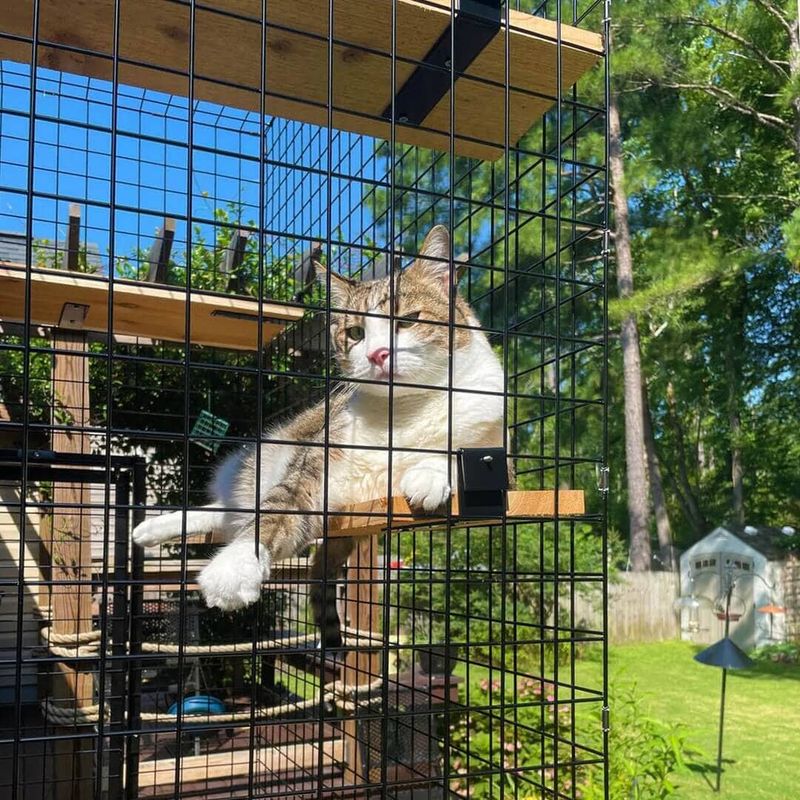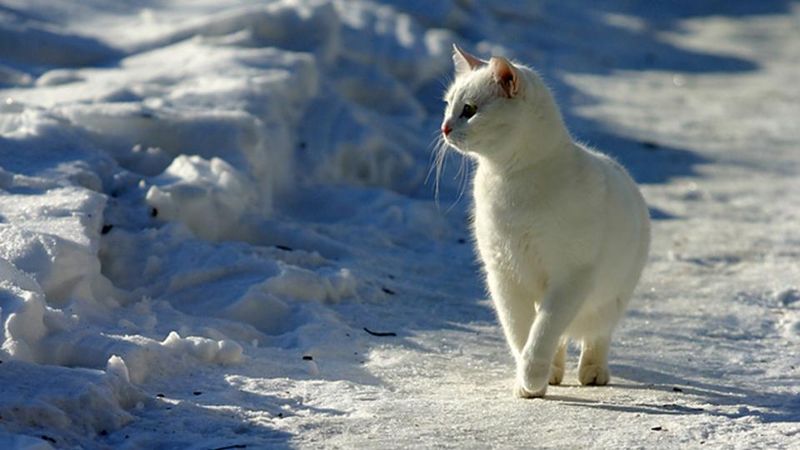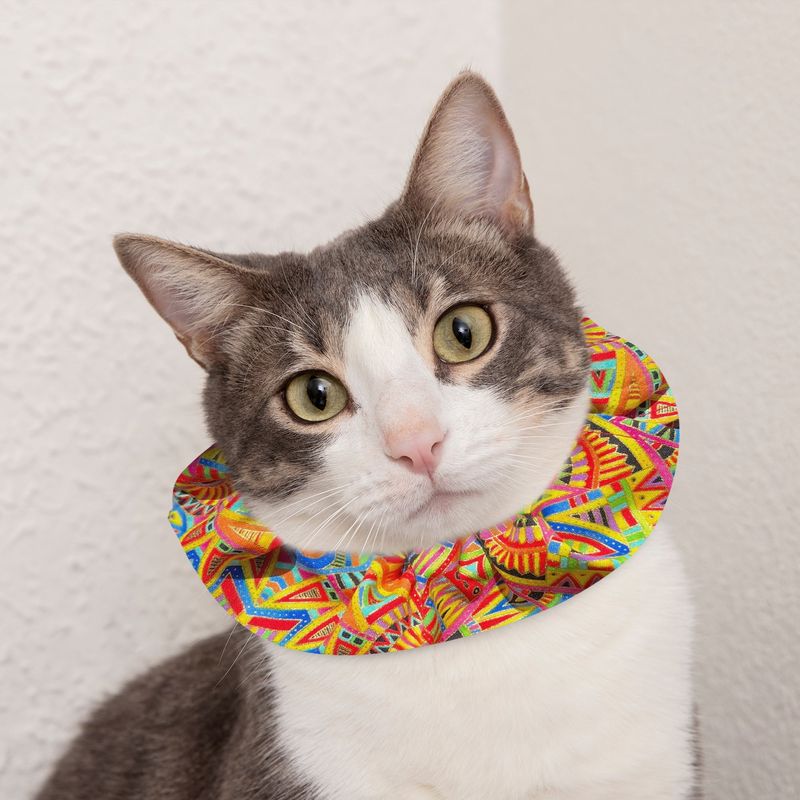📖 Table of Content:
- 1. Skipping Regular Vet Visits
- 2. Forgetting Identification
- 3. Inadequate Shelter Options
- 4. Overlooking Parasite Prevention
- 5. Improper Feeding Practices
- 6. Neglecting Spay/Neuter Surgery
- 7. Missing Vaccination Protection
- 8. Ignoring Dental Health
- 9. Providing Unsafe Water Sources
- 10. Toxic Plant Exposure
- 11. Failing to Provide Climbing Options
- 12. Overlooking Road Safety
- 13. Ignoring Weather Extremes
- 14. Using Harmful Chemicals
- 15. Insufficient Grooming
- 16. Allowing Unrestricted Hunting
- 17. Lack of Socialization
Outdoor cats live in environments that constantly change, making their care more complex than that of indoor pets. They face risks such as traffic, predators, extreme weather, and exposure to disease. Without the right precautions, even a short time outside can pose serious dangers.
Many well-meaning owners overlook important steps that keep outdoor cats safe and healthy. Simple habits like checking for ticks or ensuring access to clean water can make a big difference. Small oversights, however, can lead to stress, injury, or long-term health problems.
A thoughtful approach to outdoor cat care involves both awareness and consistency. Recognizing common missteps helps create a safer, more comfortable life for roaming felines. With a few adjustments, outdoor time can be enriching rather than risky.
1. Skipping Regular Vet Visits
Health concerns are more frequent in outdoor cats than in their indoor counterparts. Despite appearances, resilience doesn’t replace the need for medical attention. Parasites, contagious diseases, and injuries are far more common in outdoor settings.
Set up bi-annual checkups to catch health issues early. Your vet can provide appropriate vaccinations, parasite prevention, and health monitoring specifically designed for outdoor cats. These regular visits significantly increase your cat’s chances of living a longer, healthier life despite outdoor risks.
2. Forgetting Identification
Lost outdoor cats without proper ID often never find their way home. A collar with a tag might seem sufficient, but collars can break or be removed. Microchipping provides permanent identification that reunites many lost pets with their owners.
The simple procedure inserts a tiny chip under your cat’s skin with a unique number linked to your contact information. For maximum protection, use both methods – a breakaway collar with ID tags for immediate visual identification and a microchip as backup. Update your contact details whenever they change to ensure the identification remains effective.
3. Inadequate Shelter Options
Leaving cats to find their own protection from extreme weather puts them at risk. Outdoor cats need reliable shelter from rain, snow, wind, and temperature extremes. Create dedicated shelters using plastic storage bins with doorways cut out, insulated with straw (not hay or blankets, which hold moisture). Position entrances away from prevailing winds and raise shelters off the ground.
Multiple shelter options around your property give cats choices during different weather conditions. During extreme weather events, try to bring outdoor cats inside temporarily, even if just to a garage or enclosed porch.
4. Overlooking Parasite Prevention
Outdoor adventures expose cats to a host of parasites that many owners don’t adequately address. Fleas, ticks, ear mites, and intestinal worms threaten your cat’s health and can even affect human family members. Year-round prevention is crucial, not just during warm months.
Talk with your vet about products specifically formulated for outdoor cats, as they need stronger protection than indoor-only pets. Regular deworming treatments complement external parasite prevention. Check your cat frequently for signs of parasites, including excessive scratching, visible bugs in fur, or unusual spots on the skin.
5. Improper Feeding Practices
Food left out all day attracts unwanted wildlife and insects while potentially spoiling in outdoor conditions. Many owners simply fill bowls and forget them. Establish regular feeding times and remove uneaten food after 30 minutes.
Use ant-proof bowls or create feeding stations elevated off the ground to protect food quality. During winter, outdoor cats need more calories to maintain body temperature, while summer heat can reduce their appetite. Adjust portions seasonally and provide fresh water daily in clean bowls. Consider heated water bowls in freezing temperatures to ensure continuous access to drinking water.
6. Neglecting Spay/Neuter Surgery
Unaltered outdoor cats contribute to the overwhelming pet overpopulation crisis. A single unspayed female can produce up to 100 kittens in her lifetime! Beyond preventing unwanted litters, spaying and neutering provide health benefits, including reduced cancer risks and fewer behavioral problems.
Fixed cats typically roam less, reducing their chances of getting into fights or accidents. Many communities offer low-cost spay/neuter programs specifically for outdoor cats. The surgeries are safe, routine procedures with quick recovery times. Even feral cats in managed colonies should be trapped, neutered, and returned to prevent population growth.
7. Missing Vaccination Protection
Outdoor cats face higher exposure to infectious diseases that vaccines can prevent. Rabies, feline leukemia, and distemper pose serious threats to unvaccinated outdoor cats. Core vaccines are essential for all cats, but outdoor cats need additional protection against feline leukemia virus (FeLV), which spreads through close contact with infected cats.
Follow your vet’s recommended vaccination schedule without delays. Keep detailed records of your cat’s vaccination history. Some vaccines require annual boosters while others last longer. Even cats with limited outdoor access need this protection, as diseases can spread through brief encounters with other animals.
8. Ignoring Dental Health
Oral health is often neglected in outdoor cats, even though dental disease is widespread. Symptoms like bad breath, drooling, or eating difficulties usually point to more serious conditions. Regular use of dental-specific products like food, additives, or treats can help keep these problems at bay.
Schedule professional dental checkups alongside regular vet visits. Outdoor cats often eat prey or scavenged food that damages their teeth or causes infections. Early intervention prevents tooth loss and stops bacteria from entering the bloodstream, where they can damage vital organs like the heart and kidneys.
9. Providing Unsafe Water Sources
Dehydration threatens outdoor cats when clean water isn’t consistently available. Cats drinking from puddles, ponds, or garden chemicals risk serious illness. Place multiple fresh water stations around your property, cleaning and refilling bowls daily.
During winter, use heated water bowls to prevent freezing; in summer, position bowls in shaded areas to keep water cool. Running water attracts cats better than still water. Consider pet fountains designed for outdoor use to encourage proper hydration. Avoid plastic bowls that can harbor bacteria and leach chemicals – stainless steel or ceramic options provide safer alternatives for your outdoor feline friends.
10. Toxic Plant Exposure
Gardens often contain plants toxic to cats that owners don’t recognize as dangerous. Lilies, azaleas, daffodils, and many common garden plants can cause serious illness or death if ingested. Research cat-safe plants before adding them to your landscape.
Create dedicated cat-friendly spaces with safe plants like catnip, cat grass, valerian, and silver vine that cats can safely enjoy. Remove known toxic plants or restrict cat access to dangerous areas using fencing or repellents. Be especially careful with lilies – even small exposures can cause fatal kidney failure in cats. Keep a list of toxic plants handy and know the nearest emergency vet in case of accidental poisoning.
11. Failing to Provide Climbing Options
Outdoor cats need safe climbing spaces to exercise natural behaviors and escape threats. Without proper options, cats may climb unsafe structures or trees they can’t descend from. Create cat-friendly outdoor climbing zones using sturdy posts, platforms, or cat-specific outdoor furniture.
Position these structures away from bird feeders and wildlife areas to prevent predation opportunities. Natural features like fallen logs or stable rock formations make excellent climbing spots. Ensure all climbing structures are stable and won’t tip over when cats jump on them. Regular inspection prevents accidents from damaged or deteriorating climbing surfaces that could collapse under your cat’s weight.
12. Overlooking Road Safety
Traffic presents one of the deadliest threats to outdoor cats. Many owners underestimate how far cats roam and their vulnerability to vehicles. Create safe outdoor spaces away from roads using cat-proof fencing, enclosed catios, or supervised outings on harnesses.
These alternatives let cats enjoy fresh air without traffic dangers. For cats that do roam freely, reflective collars increase visibility to drivers, especially at night. Consider limiting outdoor access during high-traffic times or in areas with busy roads. Training cats to respond to calls or treats helps bring them in during dangerous situations.
13. Ignoring Weather Extremes
Extreme temperatures pose serious risks that many outdoor cat caretakers underestimate. Heat stroke develops quickly in hot weather, while hypothermia and frostbite threaten cats in cold conditions. During summer heat waves, provide multiple water sources and shaded rest areas.
Apply pet-safe sunscreen to the ears and noses of white or light-colored cats to prevent painful sunburn. Winter requires additional calories and insulated shelters with appropriate bedding. Monitor paws for ice accumulation or chemical exposure from road salt. Limiting outdoor time during severe weather events protects cats from dangerous conditions they might not recognize as threats.
14. Using Harmful Chemicals
Garden chemicals, pesticides, and cleaning products pose hidden dangers to outdoor cats. Products considered safe for yards can be toxic when cats walk through treated areas, then groom their paws. Choose pet-safe alternatives for lawn care, pest control, and outdoor cleaning.
Read labels carefully and follow safety periods before allowing cats access to treated areas. Be especially cautious with antifreeze, which tastes sweet to cats but causes fatal kidney damage even in small amounts. Store all chemicals securely, clean up spills immediately, and consider creating chemical-free zones where your cats spend most of their time outdoors.
15. Insufficient Grooming
Outdoor cats develop matted fur, skin problems, and hidden injuries when grooming routines are neglected. Regular checks prevent minor issues from becoming serious health concerns. Establish weekly grooming sessions to remove loose fur, check for parasites, and inspect for wounds or lumps.
Use these sessions to strengthen your bond while monitoring your cat’s overall condition. Long-haired outdoor cats need extra attention to prevent painful mats that can restrict movement. Carefully check between toes, inside ears, and under the tail where problems often start. Professional grooming helps manage severe matting or for cats that resist home grooming efforts.
16. Allowing Unrestricted Hunting
Natural hunting behaviors impact local wildlife populations when outdoor cats have unlimited hunting access. A single cat can catch hundreds of birds and small mammals yearly. Colorful collar covers like Birdsbesafe® make cats more visible to birds while still allowing them outdoor freedom.
Bell collars provide some warning to potential prey, though many cats learn to move silently despite them. Scheduled feeding and interactive play sessions help satisfy hunting instincts while reducing actual predation. Consider supervised outdoor time during dawn and dusk when birds are most active. Creating wildlife-safe zones with appropriate barriers protects both local ecosystems and your cat from potential dangers.
17. Lack of Socialization
Reduced handling of outdoor cats often results in skittish behavior and difficulty with basic care routines. Ongoing social interaction helps them stay at ease around people. Use regular petting, positive reinforcement, and playful engagement to strengthen their comfort with human presence.
This regular socialization makes medical care less stressful and ensures cats remain adoptable if circumstances change. Even independent outdoor cats benefit from gentle handling sessions that maintain their comfort with human touch. Cats that trust their caregivers are more likely to seek help when injured or ill.
